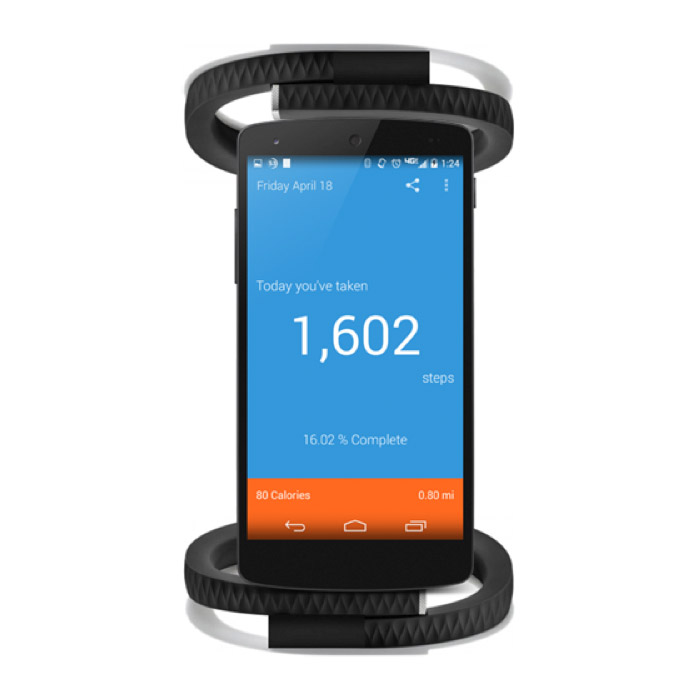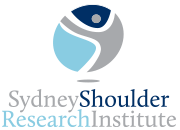Background
Stiffness and loss of motion are major complaints both before and after treatment of shoulder pathology.
Motion is important to overall shoulder function and patient satisfaction and is easily measured in a clinical setting. However, documentation of shoulder use in daily activities is reliant on patient rated outcomes measures.
Most of the commonly used patient rated activity measures focus on shoulder symptoms/pain and function or the difficulty in performing certain activities rather than the amount of activity engaged in by an injured shoulder 1. One shoulder questionnaire focuses on measuring how often a patient engages in certain activities 2 however this questionnaire is focused on sporting activities and does not include arm motion most common in daily living. Additionally, all patient rated outcomes measures are subject to individual biases as well as recall bias.
Fitness trackers have been utilized to overcome patient bias in activity measuring in other orthopaedic conditions including total hip arthroplasty 3,4, knee arthritis 5, and arthrogryposis 6. These have yielded important conclusions related to activity changes following intervention, or baseline activity levels that were previously not possible to accurately monitor with patient-questionnaires alone.
Fitness trackers are designed to measure the amount of step-activity that occurs during usage. Newer versions of these fitness trackers are worn on the wrist rather than the belt or foot.
Previous studies have found that activity monitors are not completely reliable in accurately monitoring step count compared to manually counting steps 7. This was found to be higher in simulated free-living activities and may be related to arm motion in the absence of steps with tracking devices worn on the wrist. In our experience, these fitness trackers record angular motion of the arm. This makes it possible for us to monitor arm usage over a number of days with normal activity with simple relatively inexpensive devices.



